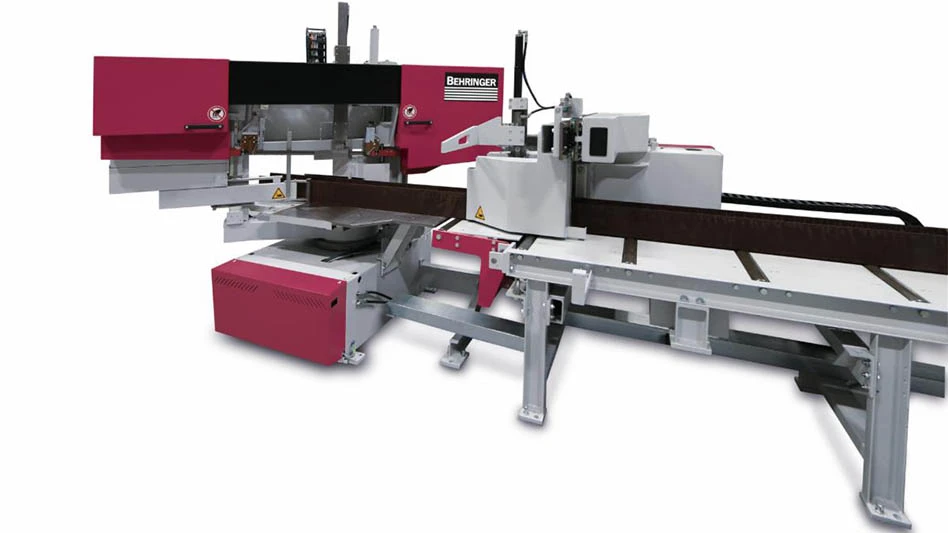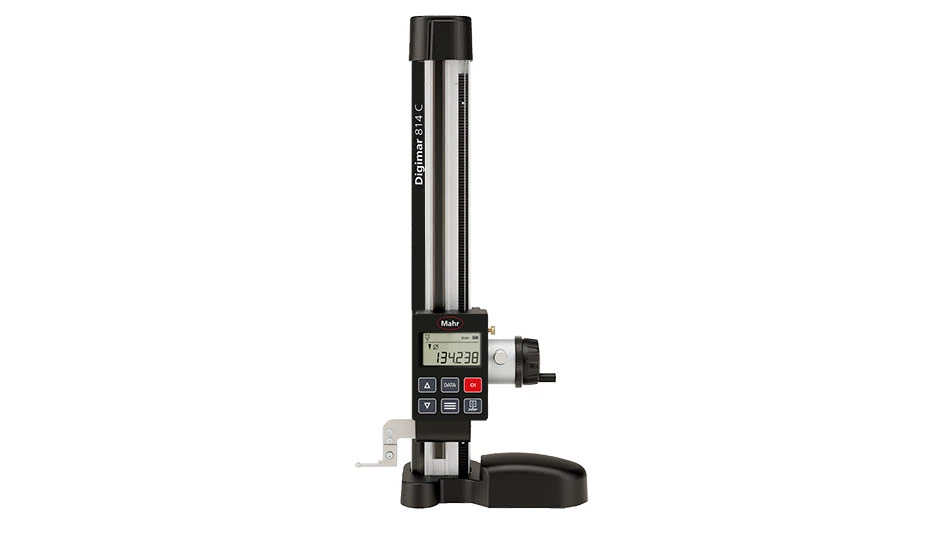
Corporate management involves many different activities, but ultimately the goal of those activities is to ensure profitability and increase those profits.
Even the seemingly mundane task of managing scrap and waste can entail a number of decisions and a healthy amount of critical thinking to help hold down costs or create a new revenue stream.
Both recyclers and shop managers can take steps to help manufacturers ensure that they keep disposal costs down and yield a healthy payoff on scrap materials.
EYEWITNESS
Veteran scrap recycler and metals trader Jim Lawrence of ELG Metals has seen both best practices and worst examples throughout his 30+ years in the scrap business.
Lawrence currently works at the Houston location of ELG Metals, a global shipper of stainless steel scrap and specialty-grade alloys. His career has enabled him to see how the mill and foundry customers who melt scrap metal require a clean product and the effort it takes to make that product available.
The scrap-to-mill supply chain has several links, and the lines of communication from start to finish are seldom direct. But systems, such as ISO certification, and incentives (such as the high metals pricing of the past several years) do exist for manufacturers who choose to address the bottom-line aspects of managing their scrap.
ISO certification can involve labeling virtually everything on the shop floor, including scrap bins. Such labels are a good idea with or without an ISO system in place, says Lawrence.
"At some generator sites they have every single bin marked, even down to the alloy number," Lawrence remarks. He cites the example of one Fortune 500 company where color-coded bins are used to help lessen any potential confusion.
"The plants are gaining on that practice, but they still have a way to go," says Lawrence. "I think back in the old days, some managers hesitated to put signs up because they didn't want [visitors] to know what it was. But now, at many plants, it's all identified."
MINDING THE FLOOR
The scrap that is generated on the shop floor is generally picked up by a local scrap dealer, whose task it is to collect materials of different types from many customers and then ultimately sort the materials by grade or alloy.
When such materials are sent to a bulk wholesaler and shipper such as ELG Metals, as an example, then both the local dealer and ELG each has the opportunity to ensure that the scrap is free of contaminants and has been properly identified and sorted.
Without question, though, both scrap dealers and wholesale shippers like ELG benefit when a scrap generator has the knowledge and makes the effort to put like types of scrap in separate bins and keep garbage or other contaminants out of those bins.
"The guys that have to make that happen are hourly employees driving the forklifts," says Lawrence.
The difficulties are many—including communicating the profit-and-loss aspects of managing scrap and making sure that, procedurally, plant employees have a system that makes this aspect of their job easier.
On the communication front, Lawrence has taken part in several Metals Identification Seminars organized by the Institute of Scrap Recycling Industries Inc. (ISRI). Designed for scrap dealers, these events help their personnel properly identify metal that flows into scarp yards.
In turn, when scrap dealer account representatives can pass on some of this same knowledge to manufacturers who generate scrap, it sets up a good information base at the beginning of the supply chain.
Following through on this knowledge can involve identifying different scrap streams within a facility, properly labeling containers and taking logistical measures to make it easy for employees to put Scrap Metal "Type A" into the appropriate container.
"I've been in plants where they have the scrap bins all set up right next to each other," notes Lawrence. "Boxes can become full, and then pieces fall into other bins," he adds.
The potential for honest mistakes is also heightened. "People can absolutely confuse the bins as well," says Lawrence.
Or, an employee moving some scrap with a forklift who is unaware of the importance of keeping different alloys segregated may not make the necessary effort to do so. "The forklift operator might think, 'Well, that box is full, so I'll just use this box.' Crosscontamination becomes a real problem," Lawrence remarks.
When scrap gets mixed at this earliest stage, it moves the problem on down the chain, which is one negative consequence. But beyond that, the payoff to the scrap generator can be greatly diminished.
"When a dealer gets contaminated material and lets the generator know that what they'll be paid has been reduced, I think that does get their attention," says Lawrence.
He says the recent bull market in the metals industry has made the timing right for this message. "As long as this problem [contamination in scrap] has existed, it still exists and it's an ongoing educational process. But when markets get like they are right now, [manufacturers who generate scrap] have a tendency to pay attention to it."
Beyond the bottom line reasons, Lawrence can cite a number of product quality, safety and even environmental reasons why keeping different scrap types segregated is helpful throughout the chain of metals production.
In the worst such scenarios, contamination in the melting process can cause explosions. On the environmental front, when unwelcome metals are eliminated in the melting process they may wind up as hazardous dust at a baghouse that then becomes an environmental liability for the metals producer, notes Lawrence.
And again in terms of dollars and cents, if mis-labeled or highly contaminated scrap makes it all the way to a melting destination and is rejected at the mill or foundry, an expensive reverse logistics chain is set into motion. "If you see something like aluminum being shipped to a stainless steel facility, by the time it makes its way out of there and over to somewhere else, it's expensive," says Lawrence.
PROPER INCENTIVE
For reasons ranging from safety and human health to market efficiency, the incentives should be there for manufacturers to keep their scrap streams clean.
Many of these incentives are worked into the bottom line results plant managers will see if they do set up systems to keep scrap materials clean and sorted.
"I think the awareness is there," says Lawrence. "And certainly, when costs and profits are affected by the way scrap is handled, I think that's the bell ringer with any plant manager," he states.
The author is editor in chief of the Recycling Today Media Group and can be contacted at btaylor@gie.net.

Explore the August 2007 Issue
Check out more from this issue and find your next story to read.
Latest from Aerospace Manufacturing and Design
- Gleason Corp. acquires the Intra Group of Companies
- Thread milling cutter reduces cutting pressure, vibration
- Malaysia Aviation Group orders 20 more Airbus A330neo widebodies
- More displacement from space-tested piezo actuators
- Textron Aviation to bring its largest-ever lineup to 2025 EAA AirVenture
- Qualified materials for 3D-printing mission-critical applications
- #69 Manufacturing Matters - Shopfloor Connectivity Roundtable with Renishaw and SMW Autoblok
- Demystifying Controlled Unclassified Information (CUI)





